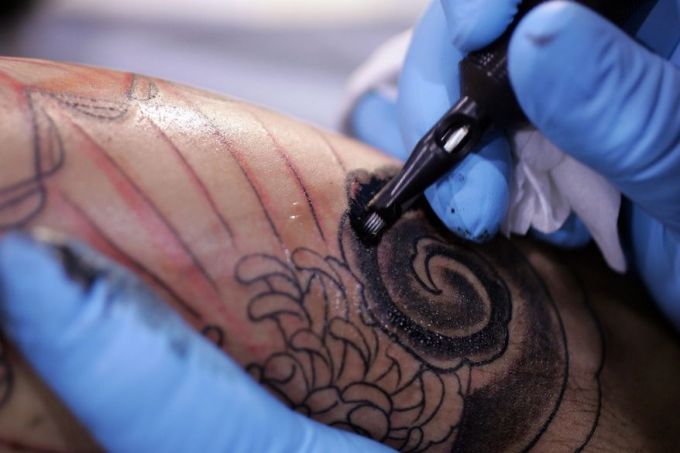Fat grafting has revolutionized facial rejuvenation by providing a solution for filling areas of depression and volume loss in the face. Board-certified plastic surgeon,
Dr.Tim Marten explains the three broad categories of facial aging and
the best treatment approaches for the respective category.
“The
first category of facial aging is when the surface of the skin develops
age spots, broken blood vessels, and wrinkles. These can be treated
with laser surfacing. The second category is when the skin begins to
sag, droop and become loose; here our traditional surgical lifts of the
forehead, eyes, face and neck are performed,” explains Dr. Marten. “The
third category is when the skin shows signs of atrophy which is known as
the shrinking and hollowing of the face, so fat grafting is performed
for this type of aging.”
A
fat grafting procedure transfers fat from areas in which you have
excess fat, such as the outer thighs, and injects it into areas that may
be lacking in volume, such as your face, hands, breasts or buttocks.
“We can now treat this aging change more comprehensively. With fat
grafting we can create a softer, more natural healthy looking face as
opposed to a lifted tight one,” he notes.
“Historically,
patients wanted their fat removed and in some cases plastic surgeons
removed too much fat. But we have come to realize that a young face is
soft not hard or ill-appearing,” notes Dr. Marten.
Watch this video: https://www.youtube.com/watch?v=PMqjGduHOyU




